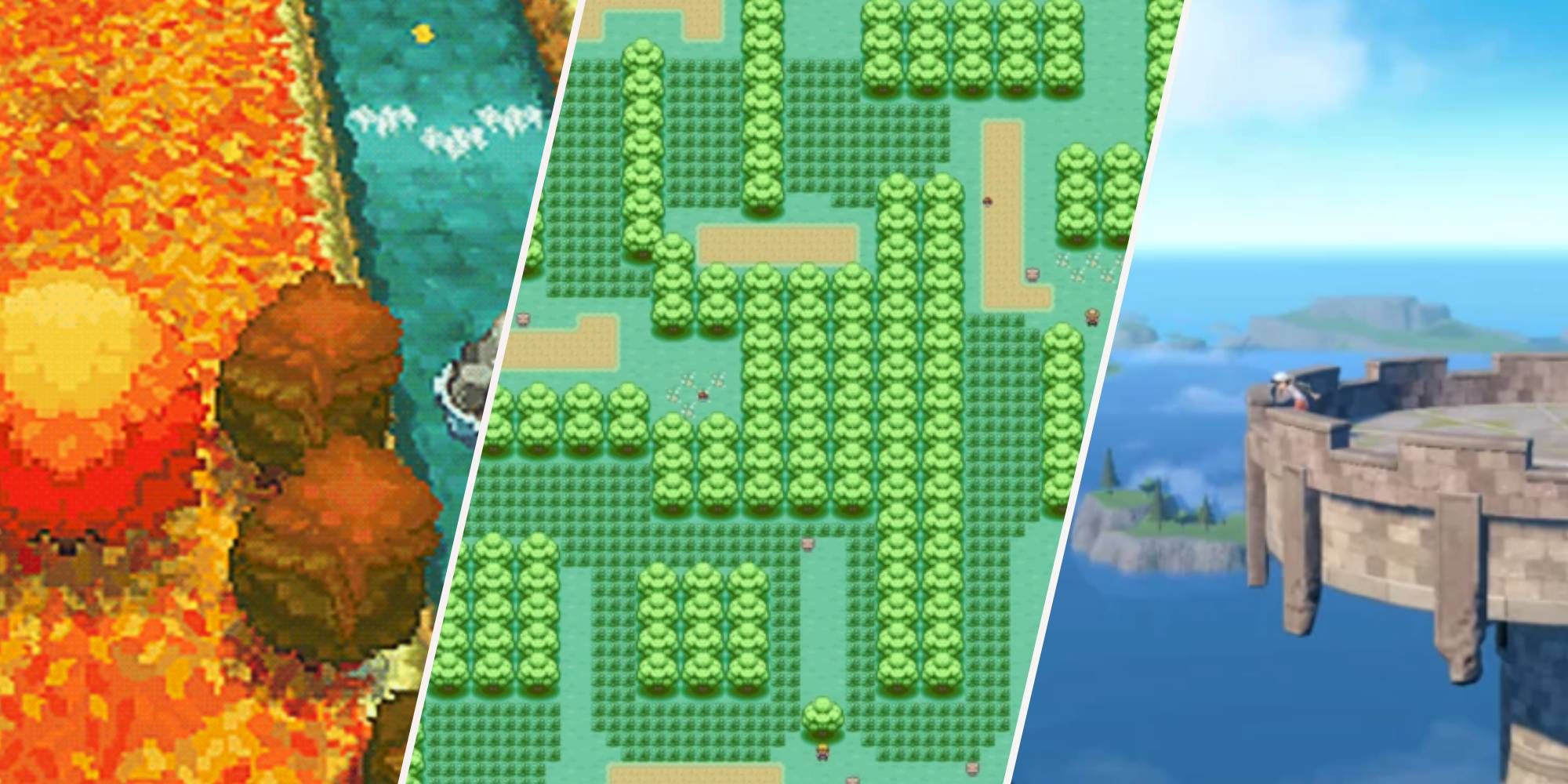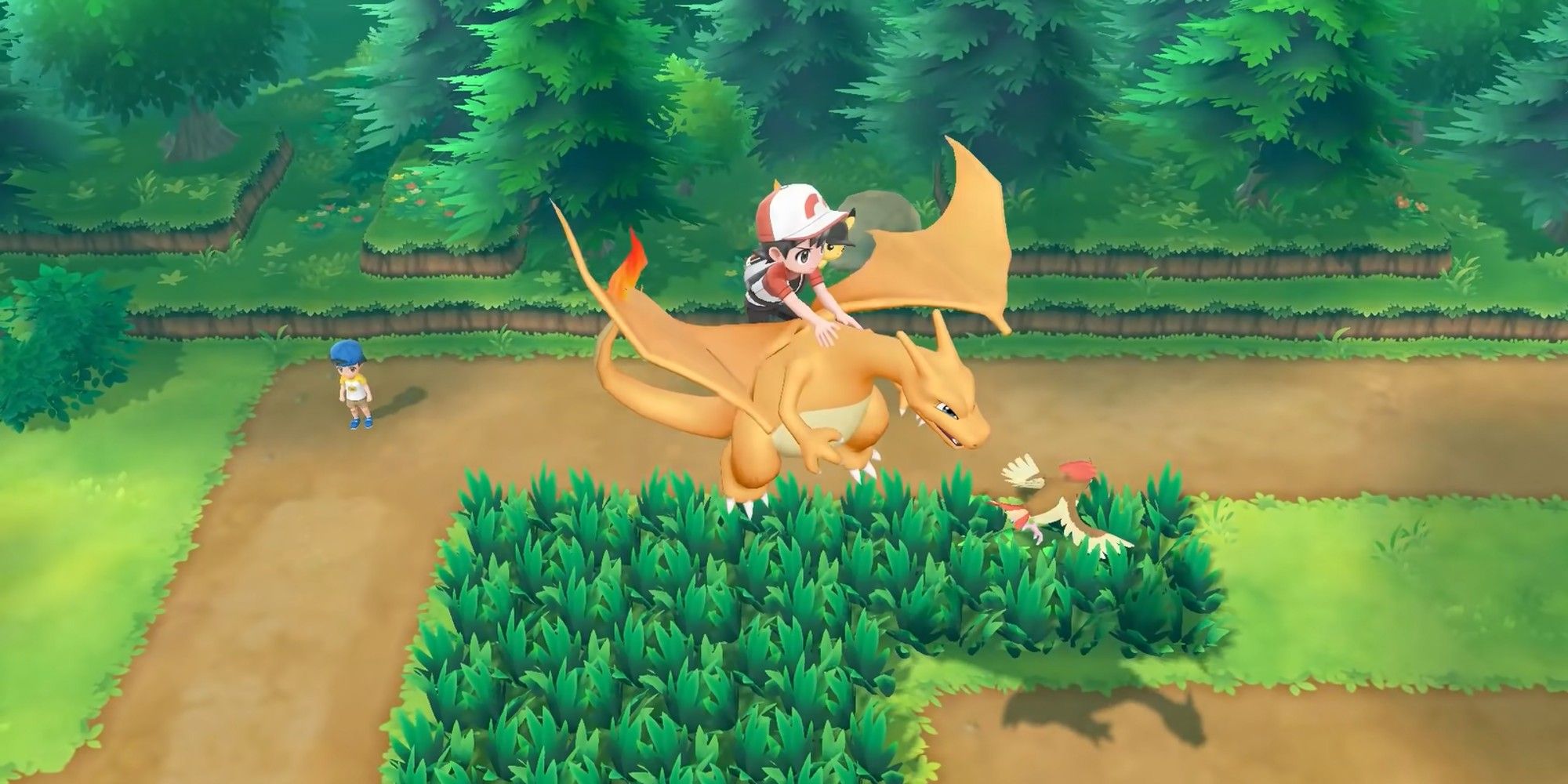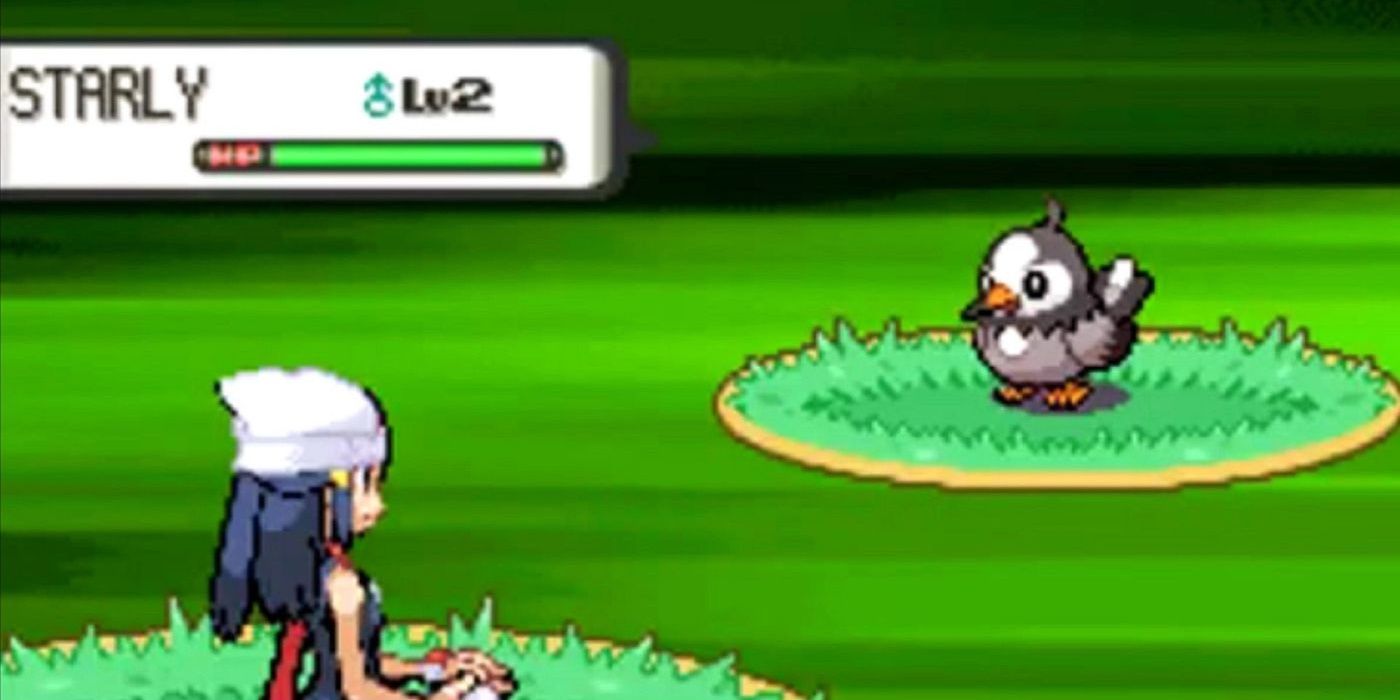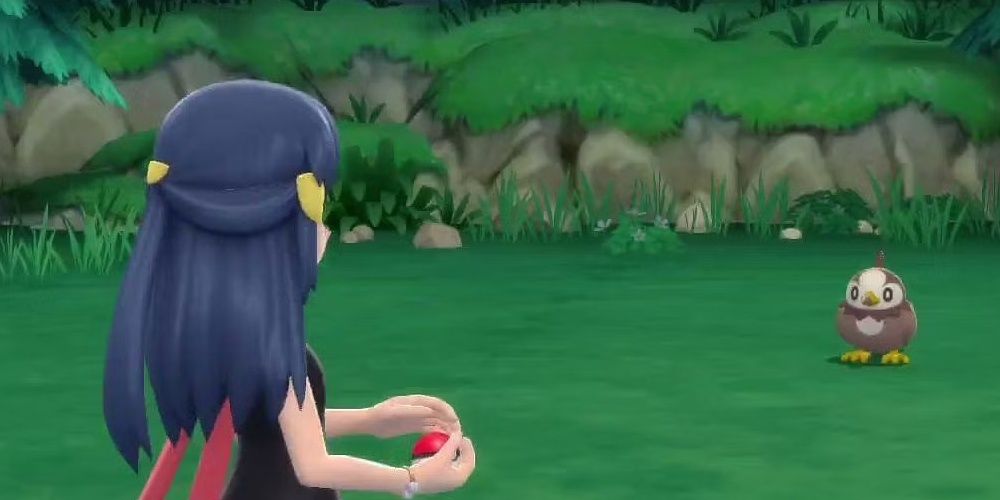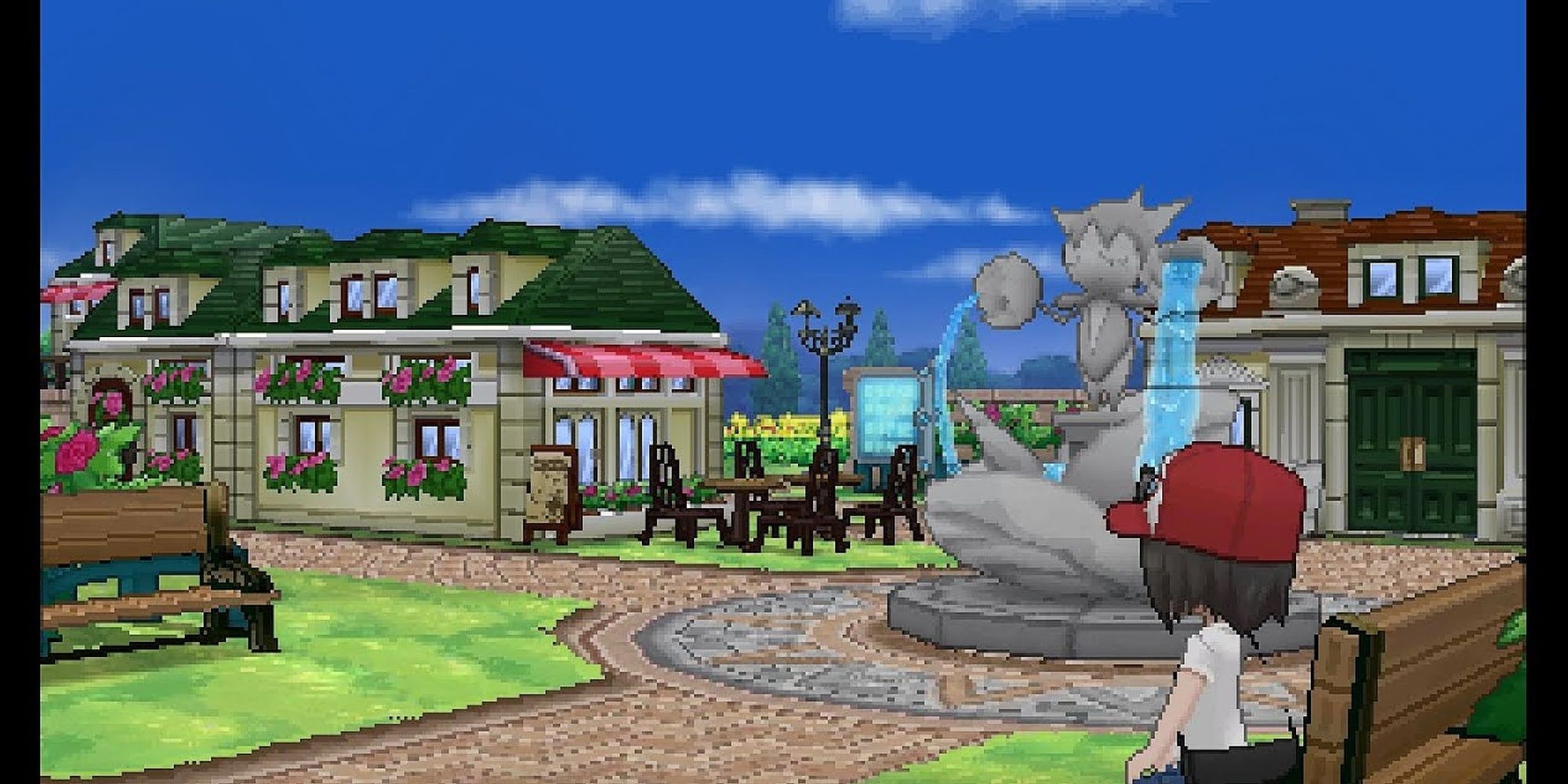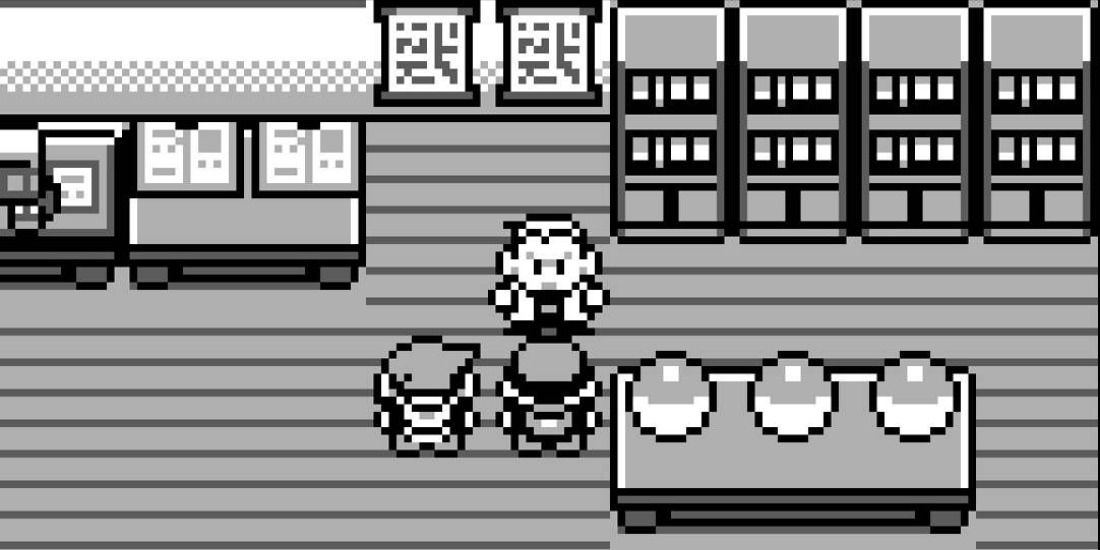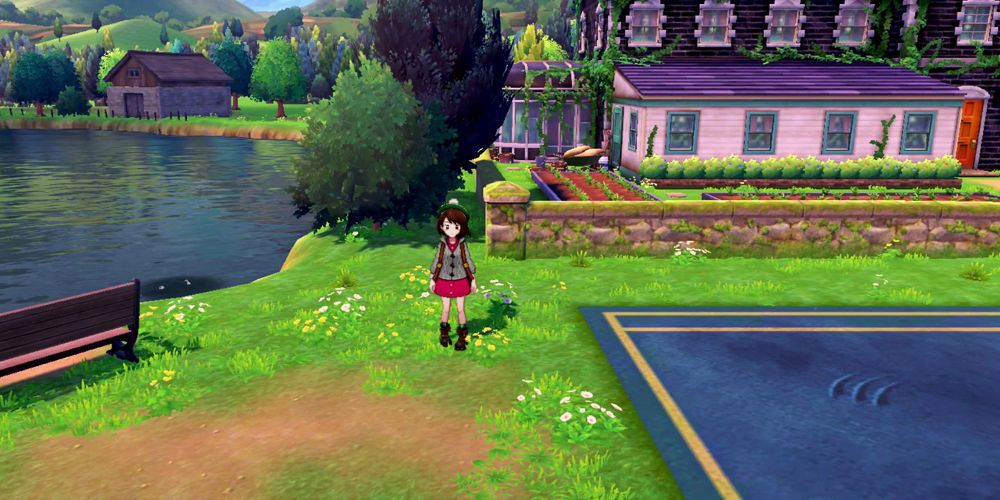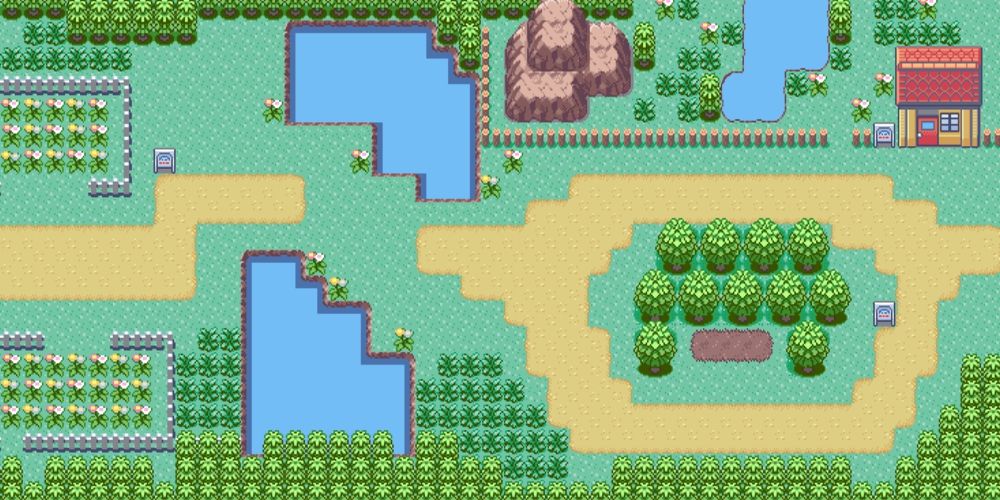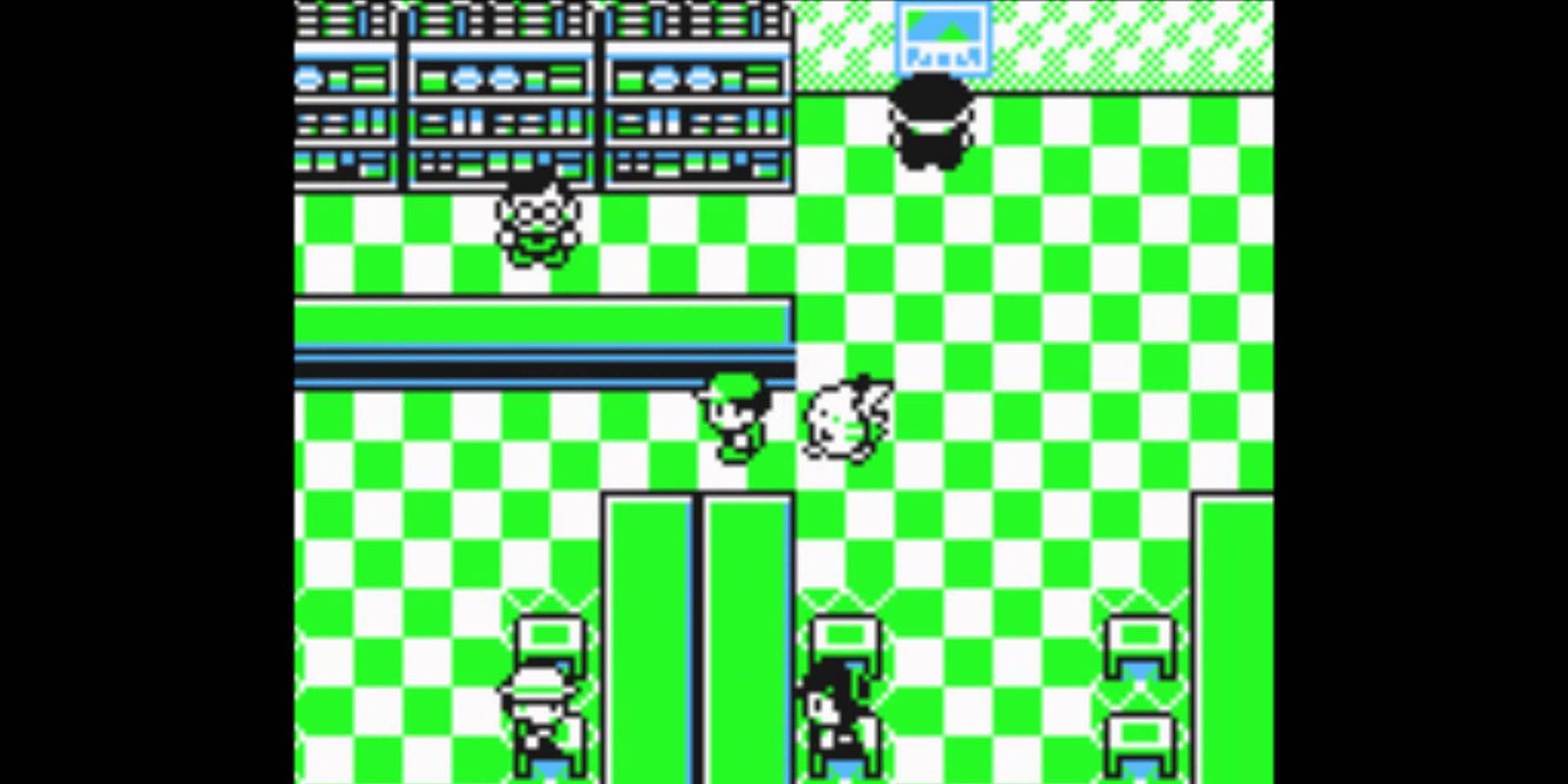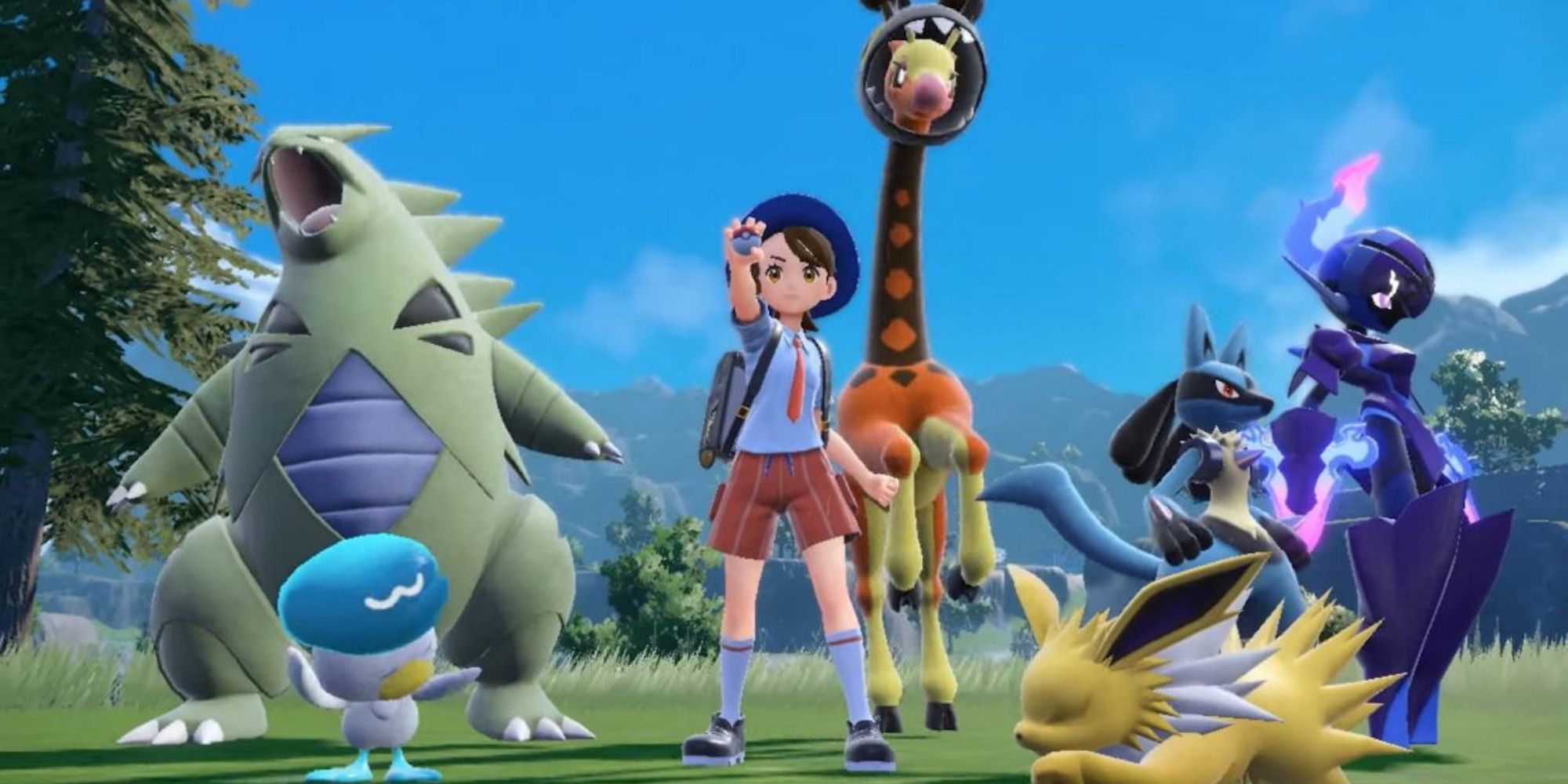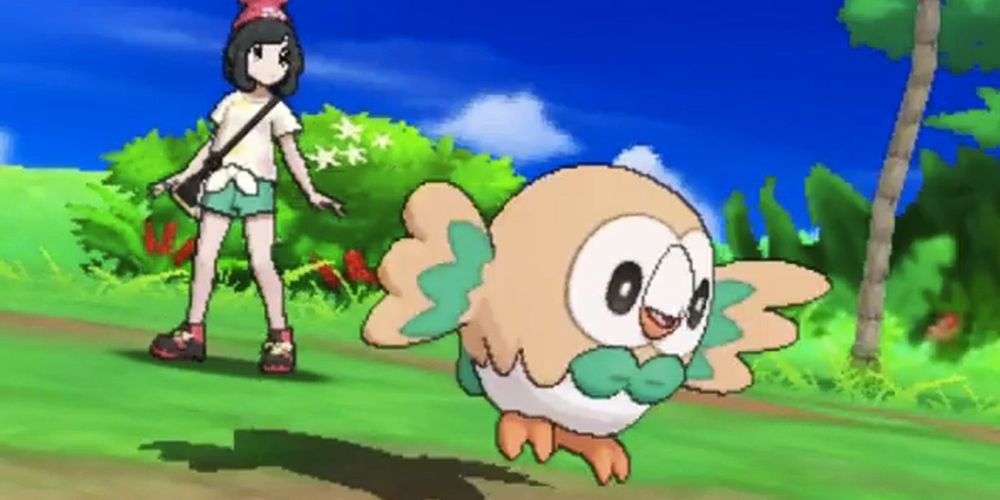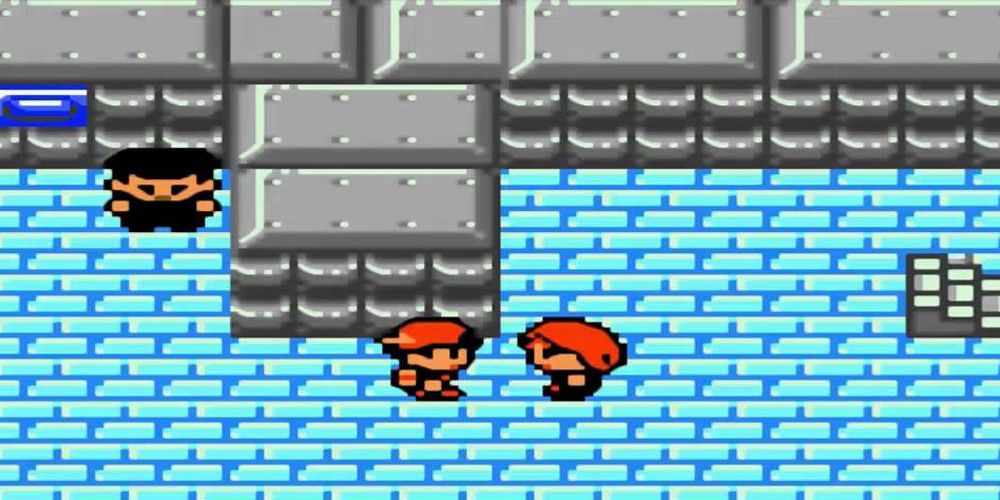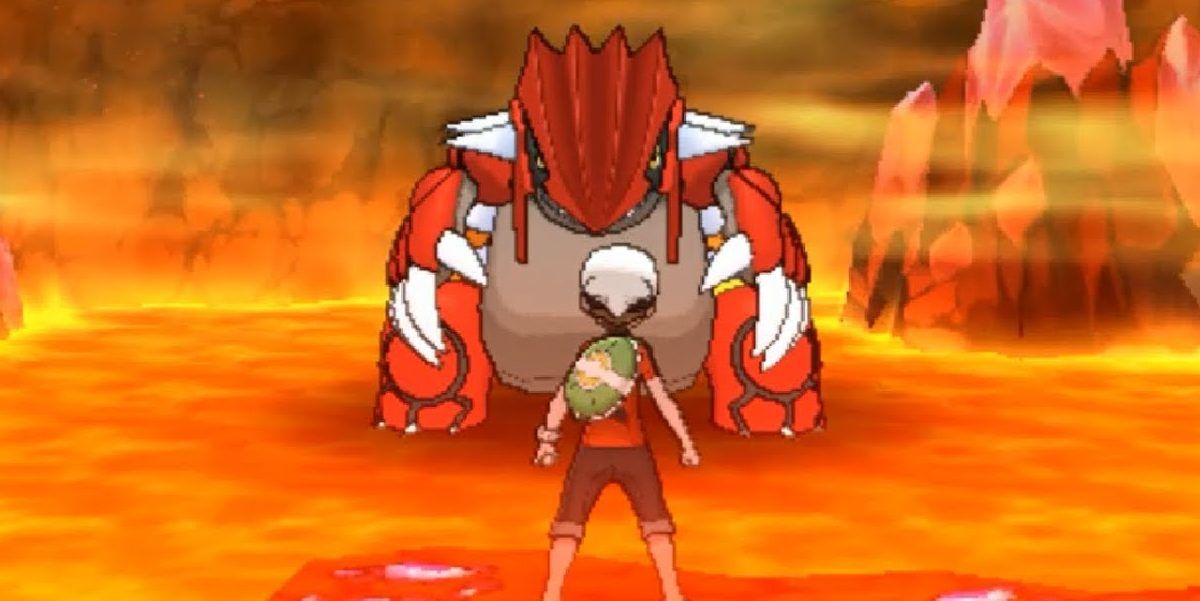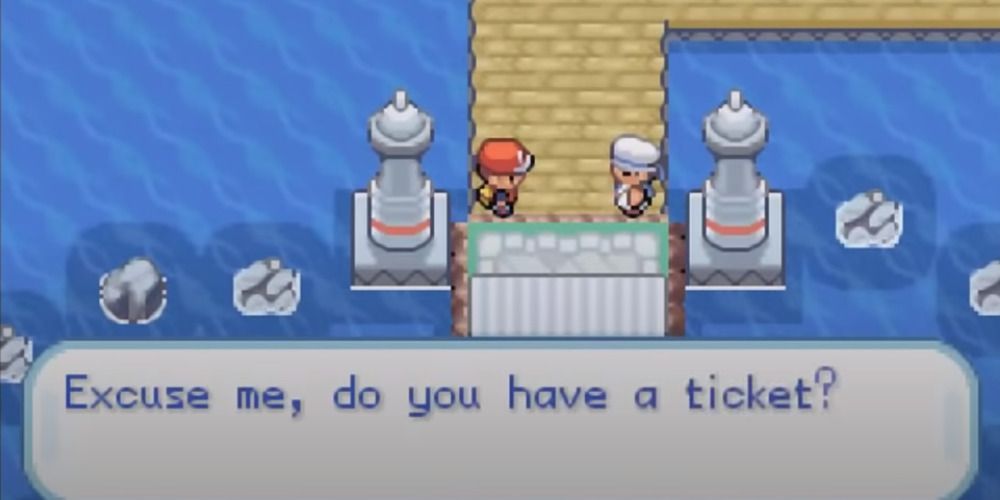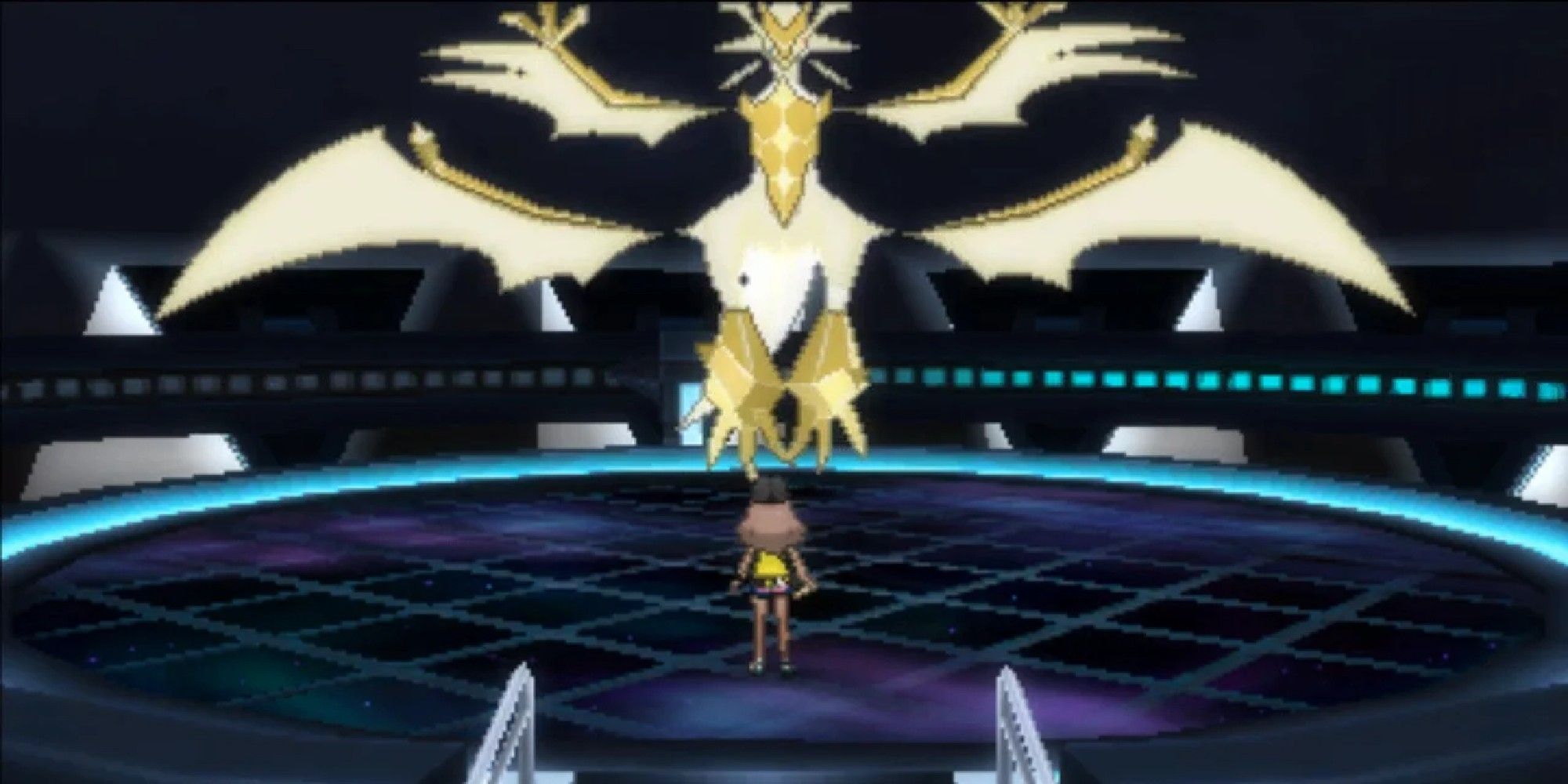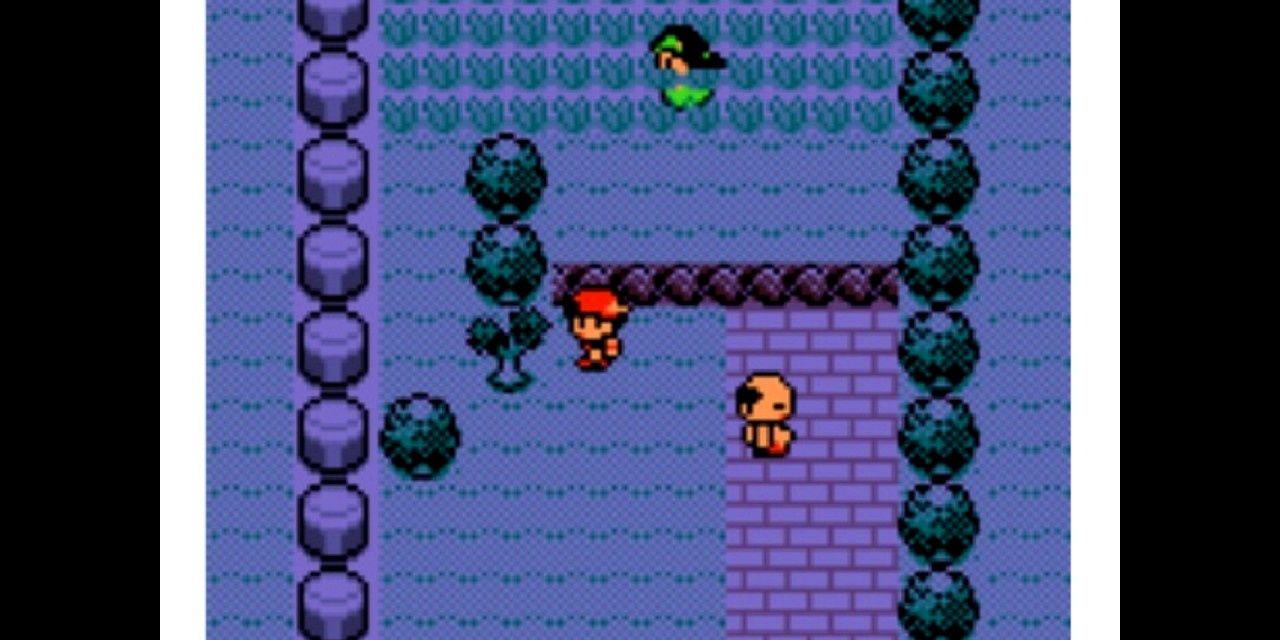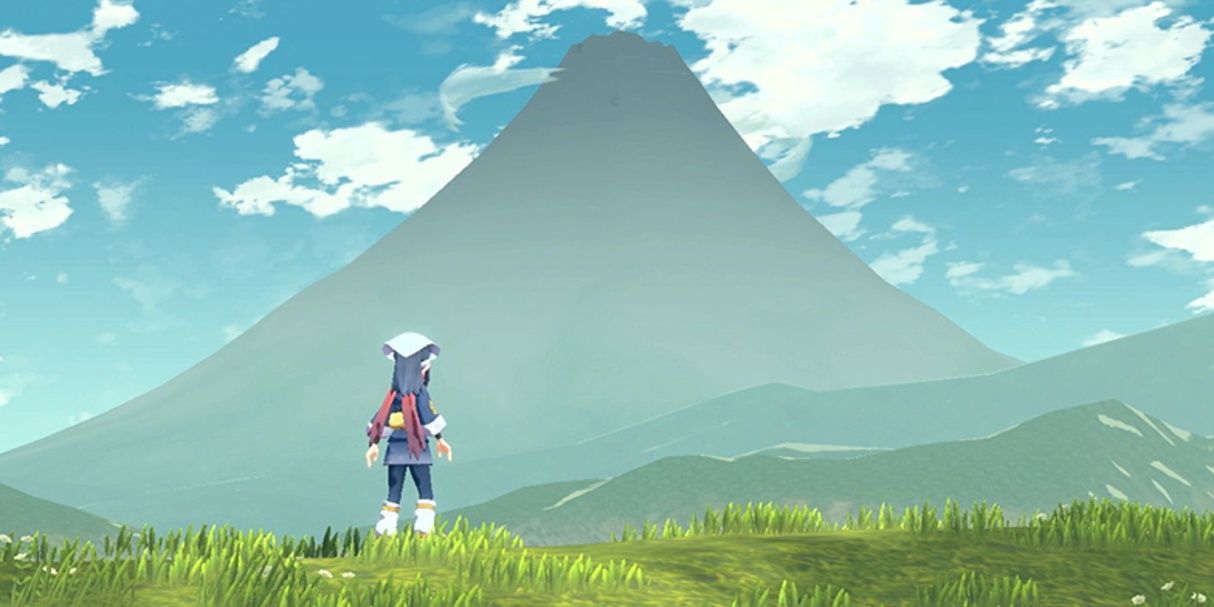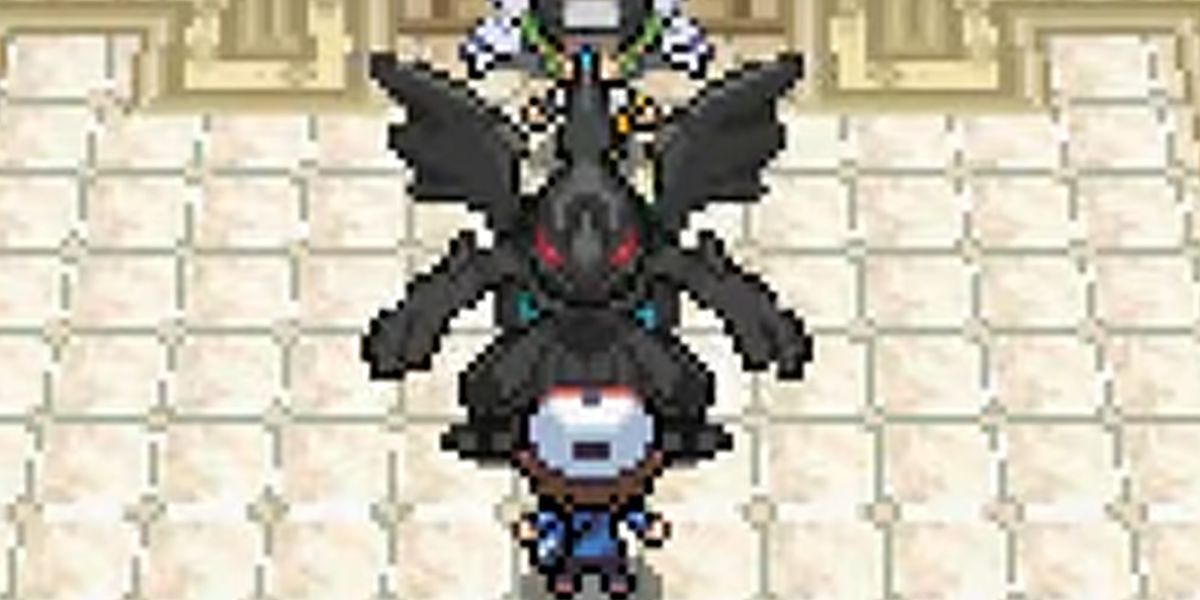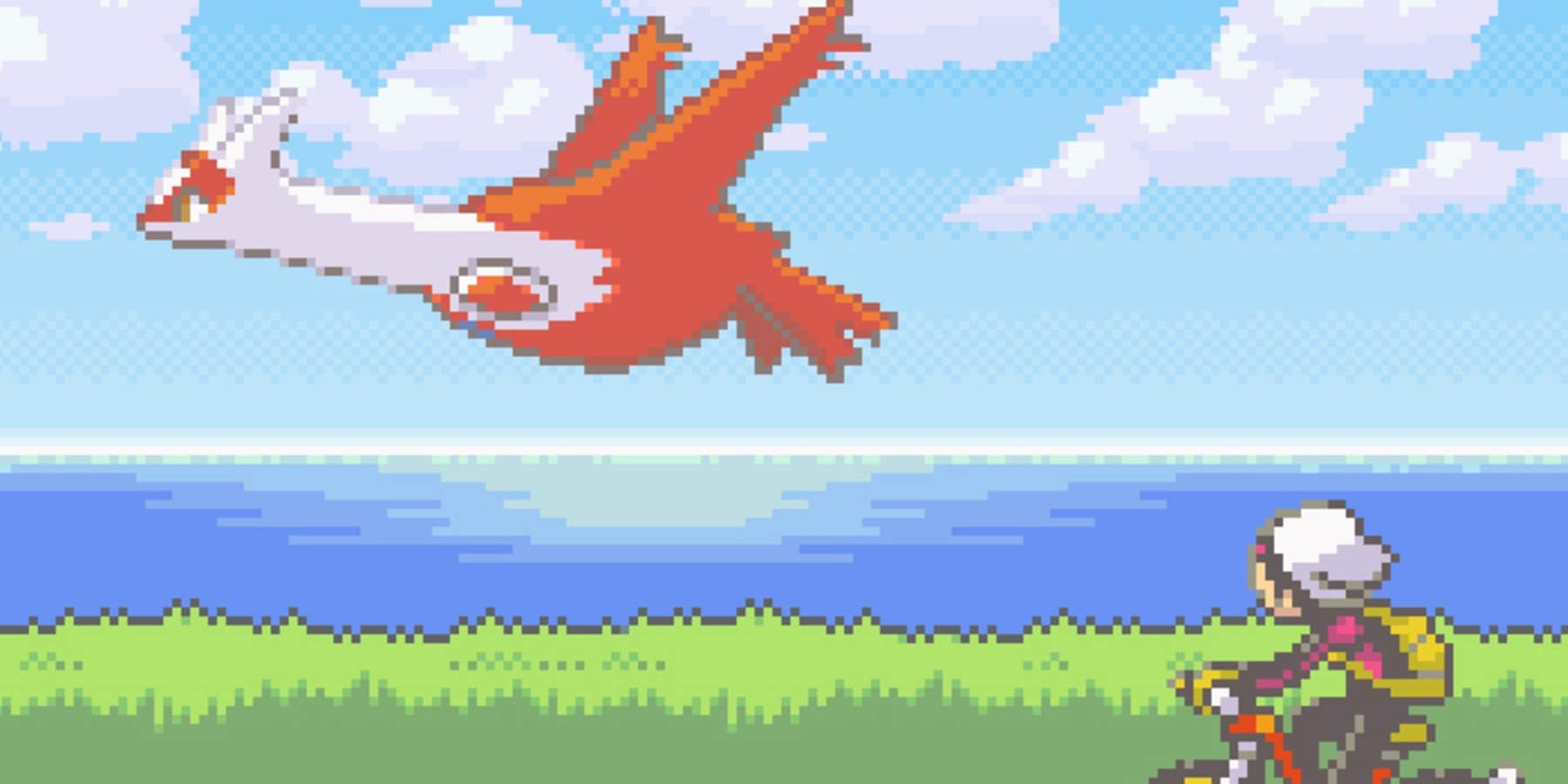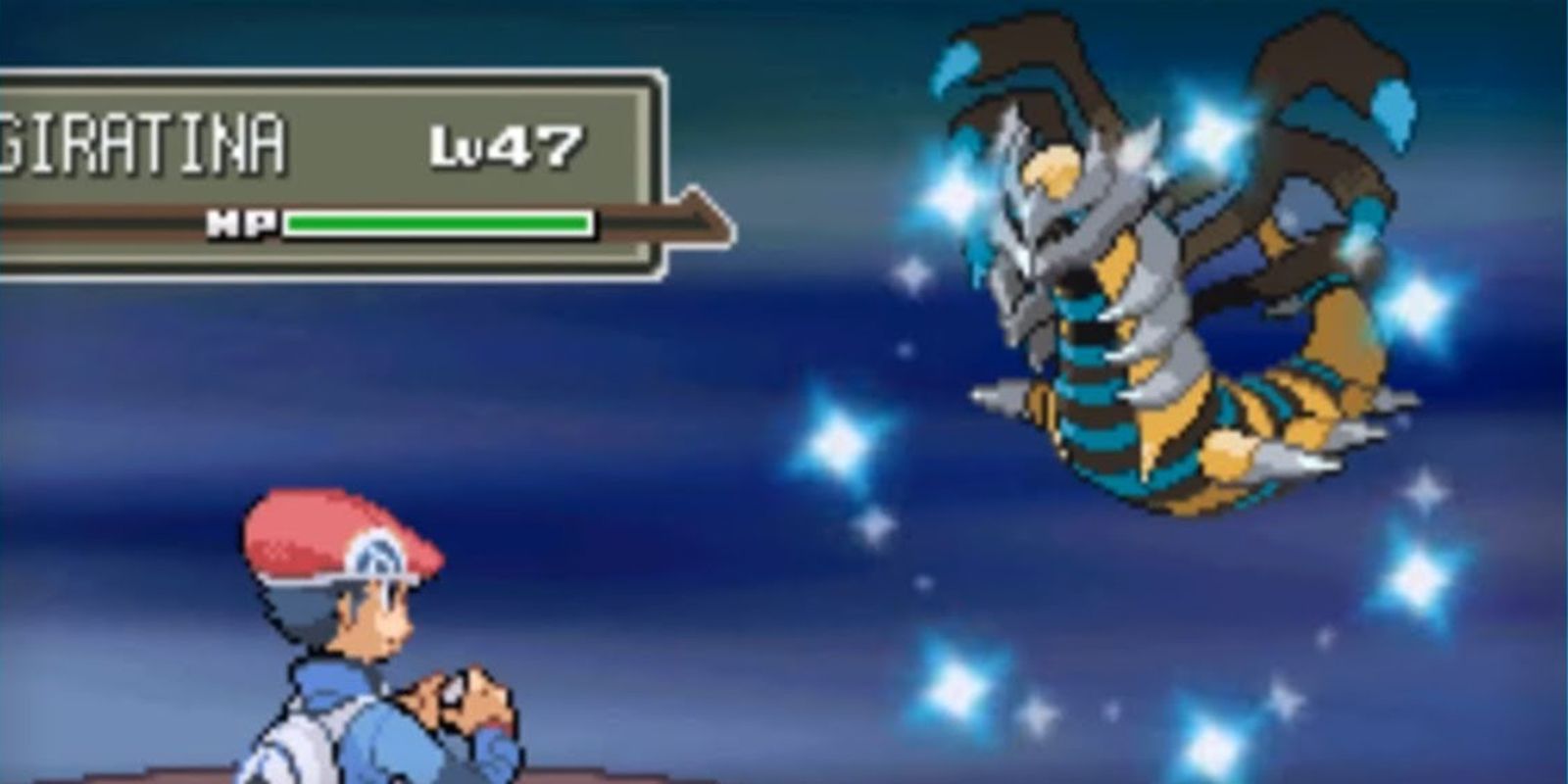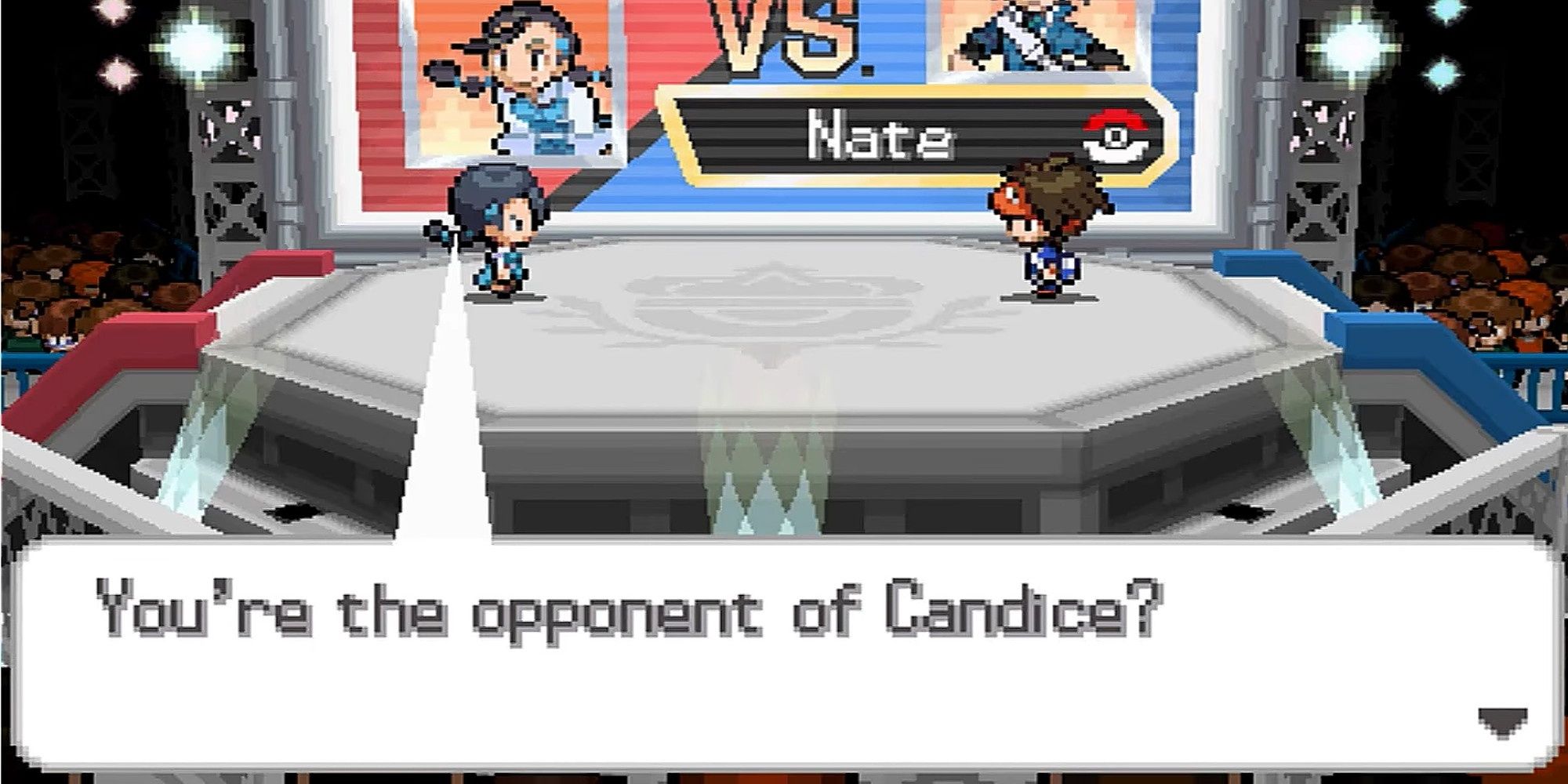Pokemon fans love to bicker over the relative quality of the generational games, their enhanced versions, and certainly their remakes. Adding our own thoughts into the mix will hardly settle long-standing rivalries betweens fans of the various gens, and we're sure at least a few readers will side-eye portions of our perspective. But that's how these lists always go, right?
Yet it's oh so fun to partake in the Pokemon ranking fun. Are you a bigger fan of the older take on one of the world's most successful gaming franchises? Are you keener on its newer fare? It won't be long before you'll ascertain our own broad thoughts on such wide questions, but we hope you'll enjoy our musings whether you agree in full or think we're smoking too much Slowpoke Tail!
21 Let’s Go Pikachu & Let’s Go Eevee
Pokemon on the Nintendo Switch sounded like a dream come true. Finally, fans could easily play new installments not just in handheld mode, but on a big TV via home console. Alas, Game Freak’s first pass at the approach is less than enthralling.
Let’s Go does have a handful of charms. Riding Charizard is rad. The further we’ve gotten with the Switch, the more Game Freak’s pushed its graphical limitations, and frankly, the uglier things have become. Say what you will for the simplicity of Let’s Go’s environments and character models, but they manage to hold up better than more recent titles. Weird, that.
But the catching system from Pokemon Go never quite feels as sharp as it should, the difficulty is negligible even by Pokemon campaign standards, and the weird rewarmed pseudo-sequel story lacks any semblance of punch. Combined with perhaps the worst postgame in the series, it's not a good look.
20 Diamond & Pearl
Diamond & Pearl brought the Pokemon series from the era of Game Boy Advance into the future called Nintendo DS, and the visual enhancements were comparably swell. Sinnoh’s a nice region to get a little lost in, even if Mount Coronet’s central position makes the game too reliant on its frequent cave-trotting. We remember some nice things said about Diamond & Pearl’s uptick in musical capability as well.
Two big things stopped the games short from anything close to greatness. The first is their aforementioned dreadful Pokedex; you’ll have access to only 150 Pokemon prior to postgame, and while yes, that certainly sounds familiar, it’s achieved quite poorly here, with a Regional Dex that lacks the proper diversity, and shafts several elemental types to a ridiculous degree.
Arguably worse, battling in Diamond & Pearl is downright glacial. For whatever reason, Game Freak hadn’t cracked the code on that score yet, leading to the slowest fights in the franchise.
19 Brilliant Diamond & Shining Pearl
Brilliant Diamond & Shining Pearl had fans anxious from the first; their announcement came with the worrying news that they would be ‘faithful remakes of the original Diamond & Pearl’, which weren’t actually that good! It’s Platinum, the enhanced version, that made Sinnoh shine.
Concerns ringed true. BDSP barely touch the plethora of improvements brought by Platinum, leaving us with the underwhelming amount of content we were happy to leave behind. There are ways to get new Pokemon unavailable in Diamond & Pearl’s paltry Pokedex, and the new postgame legendary-catching content isn’t terrible, but factor in the weird, out-of-place chibified designs, and the whole thing just feels low rent.
The increased battle speed relative to Diamond and Pearl is enough for us to give it a slight edge, even if the art style here feels far less unified.
18 X & Y
It’s kind of become the norm, hasn’t it? The first entries on new hardware tend to lack the length and depth of what comes next. In the case of Pokemon X & Y, Kalos comes across as a test run for a Pokemon Z that never came to fruition. It’s strangely blatant, with locations that can’t be accessed but exist nonetheless, leading players at the time to assume they’d be asked to fork out more cash the following year.
Instead, X & Y, for all the hype that went into the series’ transition to 3D, has the unenviable sensation of a game that’s practically in Early Access. We like the ridiculous Team Flare villain plot more than most, but the badly-written ‘Scooby Gang’ of constantly chattering friends who go on their journey with you feels childish in ways even Pokemon games usually bypass.
17 Red & Blue
There’s a tendency to rank original entries highly purely because they started it all. We get it. Pokemon Red & Blue, by proxy of being the series’ origin, introduced more mechanics at once than anything that came thereafter. Most of Pokemon’s core concepts (though not all) began right here in 1996.
These games simply do not hold up well. As anyone who’s returned to them anytime remotely recently can attest to, they’re filled with more bugs than Viridian Forest. The absurd differences in type efficiency are nearly as frustrating, with the Psychic-type Alakazam thus virtually guaranteeing a clean sweep through everything before big legendary Mewtwo itself.
Red & Blue should be commended for giving Pokemon a rough draft for future reference, but ultimately, that’s what they are - rough.
16 Sword & Shield
Let’s not mince words. Pokemon Sword & Shield wasn’t exactly a grand slam at launch. It was common for players early into the adventure to compliment the pacing, and admire the Wild Area. But the further into Sword & Shield one gets, the more it falls apart. The last three gyms can be completed inside an hour and change, demonstrating the most rushed mainline titles in Pokemon history.
The plot’s barely there, since most big events happen offscreen as NPCs tell you to just focus on your League Challenge. A reasonable thing to say to a kid in real life, really, but less so in an escapist RPG. Chairman Rose’s plan is also quite possibly the silliest in the series.
What helps Galar rise above its station is its significant post-release content. The Isle of Armor’s a fun time, but The Crown Tundra is pretty much Pokemon Sword & Shield at the level of quality they ought to have commenced with. Plus, we really dig how grandiose the championship feels in this England-inspired setting, and Crown Tundra smartly contributed more content there as well.
15 Ruby & Sapphire
The Game Boy Advance never really took off in Japan, so we only got one generation of Pokemon games for it. Contrast this with Europe and especially North America, where the hardware was more warmly received, and it’s easy to see why plenty of westerners wonder what was up with that.
Ringing in the GBA, Ruby & Sapphire took us to Hoenn for the first time, a tropical region with an abundance of watery routes - too many, some have said, though we don’t mind too much.
Ruby & Sapphire had the novel idea of giving their versions exclusive villain teams in Team Magma and Team Aqua, respectively, but the result is a handful of disappointingly thinly-written chumps on both sides of the aisle.
Moving on from the Kanto/Johto 251 was a cool feeling, though. Practically revolutionary at the time.
14 Yellow
Pokemon Yellow is our first ‘third enhanced version’ to fall. Time was, it was expected that an updated (and fully-priced!) take on the initial pair of Pokemon games was an unwritten rule, and some even elected to wait until they popped up for a more complete debut experience. Red & Blue started the series; Yellow started the trend.
In Pokemon Yellow, you’re going through the same motions again, but this time everything’s flavored on those early days of the tie-in anime. Team Rocket’s Jessie and James attempt to thwart you several times - it was nice seeing them again in Let’s Go, by the way, even if those games just aren’t that good overall - and you’re given a very personality-driven Pikachu at the start of your journey.
You can also get Bulbasaur, Charmander, and Squirtle, and that’s sort of how things fall apart. Armed with the best of every possible starter world, you’ll find Pokemon Yellow almost distressingly simple all the way to the end.
13 Scarlet & Violet
The newest additions to the long-running Pokemon series, Scarlet & Violet aimed to become the natural progression of what had begun with Sword & Shield’s Wild Area, and continued with Pokemon Legends: Arceus’ five wide zones. The time was upon us at last - Pokemon was going open world, whether you liked it or not, and the Paldea region would thus feel as seamless as it is vast.
Things... might have gone better. The overarching graphical quality of Pokemon Scarlet & Violet is terrible. We can point to certain stuff that looks better than ever, but on the whole, the move to open world clearly compromised the already-cracking visual quality Game Freak had been suffering from with the Switch. Setting aside the game’s looks, its performance is even worse despite multiple post-release patches. It's enough of a mess to permanently mar the reception.
On the flip side, Scarlet & Violet do feel bigger and more immersive than Sword & Shield did, and the eclectic trials before gym matches are entertaining enough. Splitting the story into three separate arcs is cool, and their shared fourth-route finale is fun, surprising, even heartfelt. And while we'd hardly call the game's focus on school life to be Persona-tier, at least Game Freak's willing to keep experimenting.
12 Sun & Moon
Alola! Launching in 2016 when the Pokemon franchise turned 20, and hot off the trail of the summer gaming success story of Pokemon Go, Sun & Moon were poised to sell well. And they did. It had been a while since The Pokemon Company saw dollar signs quite this big. Pokemon had never left, but there was still a sense that it was, well, back.
Sun & Moon themselves are decent entries. There’s a surprisingly dark note to some of the story, for one. The Alola region feels more fleshed out than the preceding Kalos, even if it still doesn’t quite feel complete like earlier games had. The newness of the League here makes for some refreshing lore, and the Regional Dex successfully highlights the Alolan atmosphere.
These are also the most hand-holding games in the series. Some players are bound to give up by the sixth scene in which friend Hau drones on about malasada, or the tenth time Nebbie leaves Lily’s bag. Be prepared for some woefully drawn-out moments.
11 Gold & Silver
Red, Blue, and Yellow showed us what Pokemon wanted to be. In many ways, Gold & Silver showed us what the developers hoped it could become. Johto, while a little smaller than the already kind-of-small Kanto, feels more alive with culture and touts a more diverse landscape. The additional 100 species mostly feel like perfect extensions of the OG gang, though the ‘babies’ like Pichu and Cleffa are a mixed bag.
The soundtrack has so many bangers that have lodged themselves in longtime players’ heads for decades. The rival is remarkably easy to loathe. But more than anything, and we feel confident most will agree, it was that spectacular post-championship revelation that made Gold & Silver stand out - a return trip to Kanto, where eight more Gym Leaders and even Red himself offered so much more gameplay than we’d anticipated.
10 Omega Ruby & Alpha Sapphire
The Nintendo 3DS started to show off its stuff in Kalos, but it was with this reimagined Hoenn that the benefits of the tech came into focus.
First, the not-so-good. Pokemon Emerald introduced us to the difficult and relatively complex postgame of Battle Frontier, and ORAS sort of set some precedent for BDSP by omitting it altogether, sticking with Ruby & Sapphire’s formula rather than recognizing its superior form. ORAS also lack Emerald’s Gym Leader rematches, so it really does take a hit in the toughness department.
Just about everything else is a point in Omega Ruby and Alpha Sapphire’s favor. Mega Evolutions, introduced in X & Y, breathed new life into old Regional Dex favorites. Primal versions of Groudon and Kyogre? Awesome. Champion Steven’s role is enhanced considerably, and the goofballs Teams Magma and Aqua are somewhat better written. There’s a brand-new story chapter after the Pokemon League, too, and it’s stellar.
9 FireRed & LeafGreen
FireRed & LeafGreen remain the definitive first-generation experience. The remakes bewildered some fans at the time - why not just make another new one? - but everything’s so much smoother here. Most of the glitches have been ironed out, many of the perks and tweaks made in Gold & Silver and Ruby & Sapphire are included, a higher number of Pokemon can be caught, and the new Sevii Islands zone gives a relatively short original campaign some much-appreciated oomph.
There’s not much else to say about FRLG - it’s almost Kanto perfected. The one big thing it’s missing is the Physical/Special split introduced a few years later, but hey. There are always ROM hacks...
8 Ultra Sun & Ultra Moon
In almost every way, Ultra Sun & Ultra Moon accomplish what they set out to be - Sun & Moon, but better. Alola is more alive now, with added areas, welcome makeovers for a good deal of the old stuff, a stronger narrative resolution, and the fantastic Battle Tree hosted by none other than Red and Blue themselves.
There’s the new Mantine-surfing mini-game, the trippy traipses through Ultra Space, and even an extra story chapter called Episode RR featuring the return of the nefarious Giovanni and his fanservice-fulfilling who’s who of past antagonists. What we’re saying is, if you’re going to check out Generation 7, do it with USUM, not SM.
Mind you, one particularly dramatic plot beat has been rendered largely toothless through the altered intentions of a central character. Furthermore, you’ll get no respite from the seemingly endless barrage of repetitive scenes. But so it goes.
7 Crystal
Pokemon Crystal is the final step in the series' first formula. It’s the last entry for the inaugural Game Boy line of hardware (albeit with the exclusive caveat that Crystal can only be played on Game Boy Color). It brings animated battle sprites to the franchise, gifting fans with what seemed at the time like an unrivaled sense of immersion.
This was the dawn of the Battle Tower, too, and while it’s far from a guaranteed inclusion these days, it was, for a long time, perceived as the minimum one should expect from postgame milestones.
The whole thing’s more vibrant, detailed, and rich with little touches. Maybe most importantly of all, feminine-leaning Pokemon diehards could finally choose to play as a girl. That might seem small now, but it was a huge deal in 2001.
6 Legends: Arceus
We’re pretty confident in labeling Pokemon Legends: Arceus the best core Pokemon game on the Nintendo Switch. It might lack in scope relative to Scarlet & Violet, but it runs much better, and looks much better. Between its distant-past setting, memorable hub settlement Jubilife Village, and research-based progression system, Legends: Arceus is rightly praised. It feels fresh. New. Forward-thinking.
Battles are zippy, with a handful of hits needed to knock out an opponent's Pokemon. The addition of different 'styles' of each attack makes for satisfying strategy. None of this would work quite so well in a competitive setting - Legends employs very much its own approach to combat - but it works wonderfully within its own context.
At times, Legends: Arceus can feel a bit like a proof-of-concept for another Legends entry. Some of its major mechanics are half-baked or just not a lot of fun to engage with, and the less said about its draw distance, the better. We’d like to see more liveliness in a potential sequel’s zones, too.
But the mere fact that we’re entertaining the notion of a sequel tells you this is a pretty good Pokemon game, and one we readily recommend.
5 Black & White
A Regional Dex consisting entirely of new species, forcing players to settle for totally fresh teams rather than relying on old standbys.A setting based not on any Japanese island, but the United States’ New York, with a partial focus on sprawling metropolitan NYC specifically. A bouncier, more modern, sometimes even techno-inspired soundtrack. A tragic figure for a rival, a young man faced with a difficult destiny.
Pokemon Black & White came out swinging with a very clear message: we’re not like those other generations. Just enough of the series’ DNA was shifted to provide a bold spin on all the familiar beats without spiraling out of control and losing track of Pokemon’s identity in the process.
Not everybody was thrilled with the need to raise a totally new team, especially when many of Unova’s creature designs proved so divisive. Though they still made plenty of cash, they’re the lowest-selling core games save for their direct sequels - more on those shortly. But for our money, Black & White are excellent.
4 Emerald
We think Omega Ruby & Alpha Sapphire are spiffy stuff, but they can’t quite hold a candle to Generation 3’s enhanced edition. Pokemon Emerald took Ruby & Sapphire’s offerings as a baseline, then transformed nearly every aspect into something better, more substantial. It gave us the Battle Frontier, and probably its best iteration at that. It merged the Magma and Aqua storylines into an appreciably extensive, Rayquaza-centric narrative finish that still hits better than ORAS’ take.
For all our praise, we’re not quite sure Emerald’s the best suggestion for a Hoenn newcomer - Omega Ruby & Alpha Sapphire are more modernized. Emerald’s the last game before the Physical/Special split that deepens the battle system considerably, not to mention the viability of so many previously-dreadful Pokemon.
If you do go with Emerald, you’re bound to have some fun in the Hoenn sun. It may prove lacking in ways that only the remakes can amend, but it makes up for all that with an ambition all its own.
3 Platinum
Conversely, there’s hardly a half-decent reason to play the Sinnoh remakes, Brilliant Diamond & Shining Pearl, over the older 2009 enhanced edition Platinum. BDSP just did not pull nearly enough of Platinum’s many splendid improvements into the mix, and we’re left with the awkward position of labeling the (updated) original far superior. BDSP’s not bad, but it’s more of a retread of lesser times than a return to Sinnoh’s peak.
The number of things Platinum does to brighten the Diamond & Pearl experience can’t even be counted on two open hands. The Team Galactic plot is stronger, with a terrific cross-dimensional climax. There’s more to do after completing the Pokemon League journey, including the last appearance of the beloved Battle Frontier. The Regional Pokedex is miles better than Diamond & Pearl’s, fights are no longer so grudgingly long, and most of the trainers you’ll go up against have had their teams strengthened and their levels heightened.
All that, and without the off-putting art design? We’re sorry, BDSP, but you were born outclassed.
2 Black 2 & White 2
Black 2 & White 2’s plot can’t quite reach the dizzying heights of its fifth-generation forerunner, but it’s still a pretty good conclusion to the various aspects left dangling with Black & White. Move beyond the narrative confines, however - and many Pokemon players don’t much care about that sort of thing to begin with! - and the sequels are a step forward all-around.
Unova’s bigger now, with several new cities and routes. The Pokemon World Championship is an all-star celebration of powerful trainers from across the first five generations, and there’s been nothing quite like it since. For the first and only time in the series, there are multiple difficulty options (though the need to play through the game once before unlocking them is a little weird).
We’re barely scratching the surface of what Black 2 & White 2 feel like a culmination of the rich tapestry of 2D-era Pokemon games. Just beware their high price tags; the relative mediocrity of their sales, coupled with their sought-after nature (because they’re good!), is the recipe for exorbitant after-market markups.

